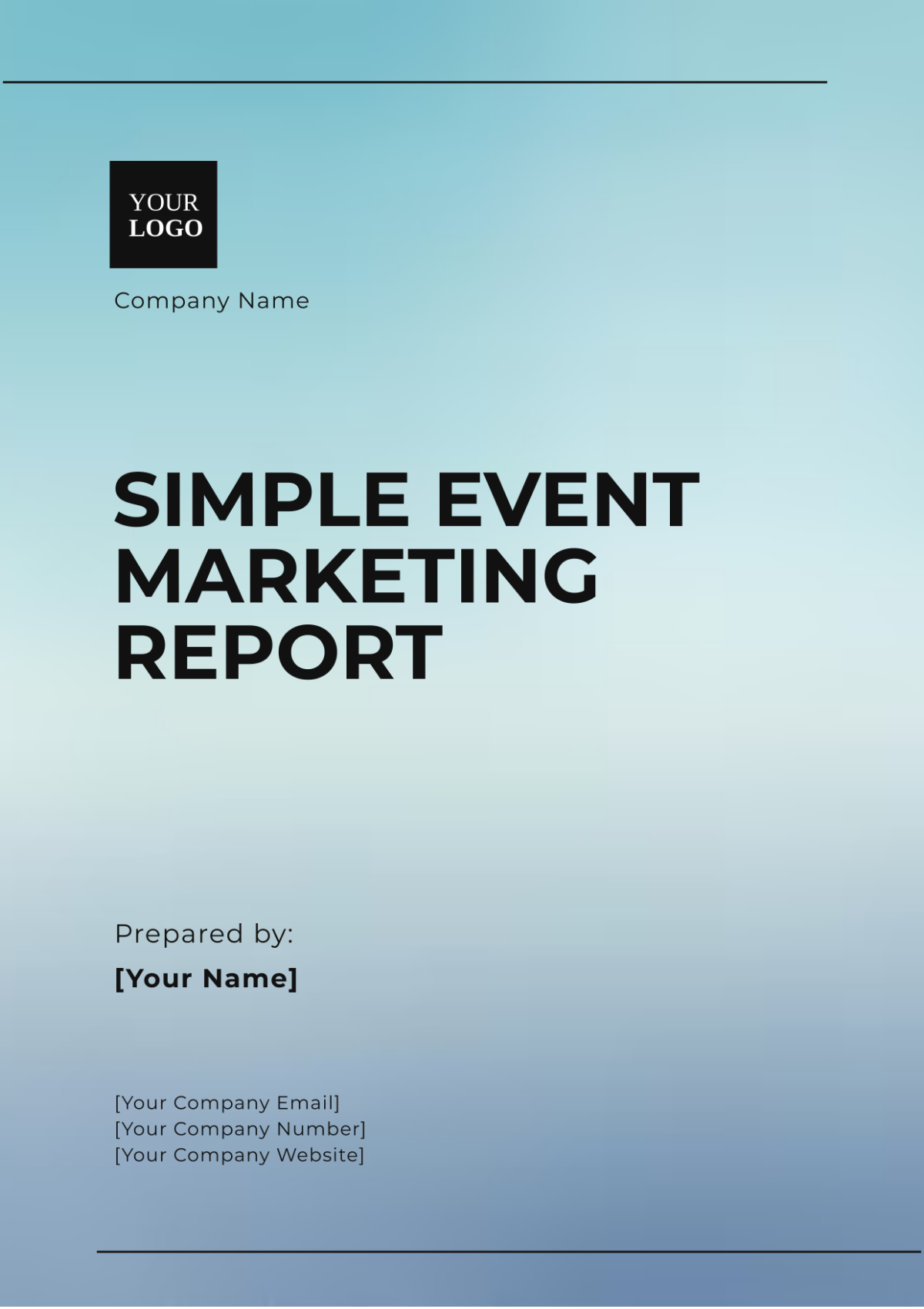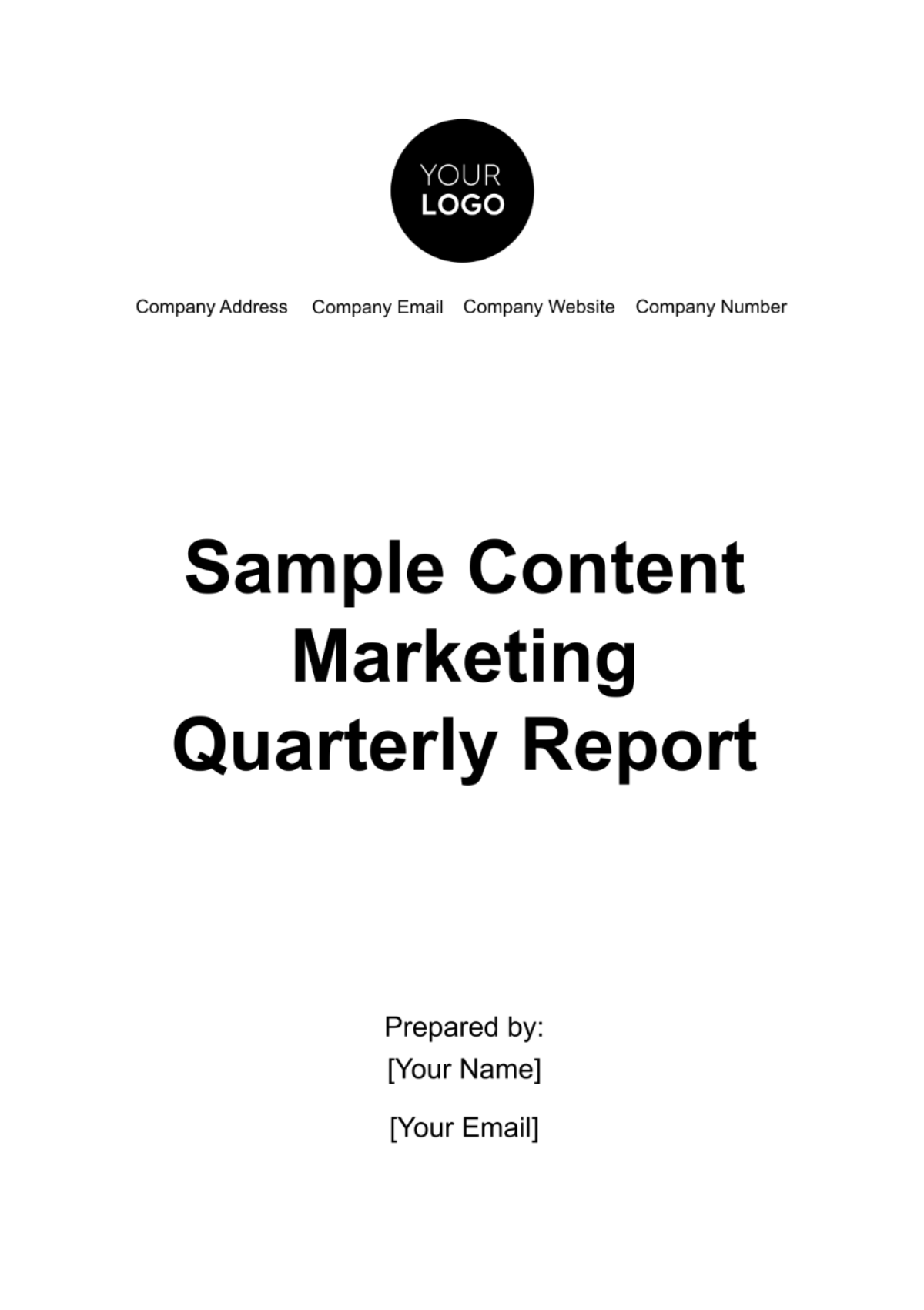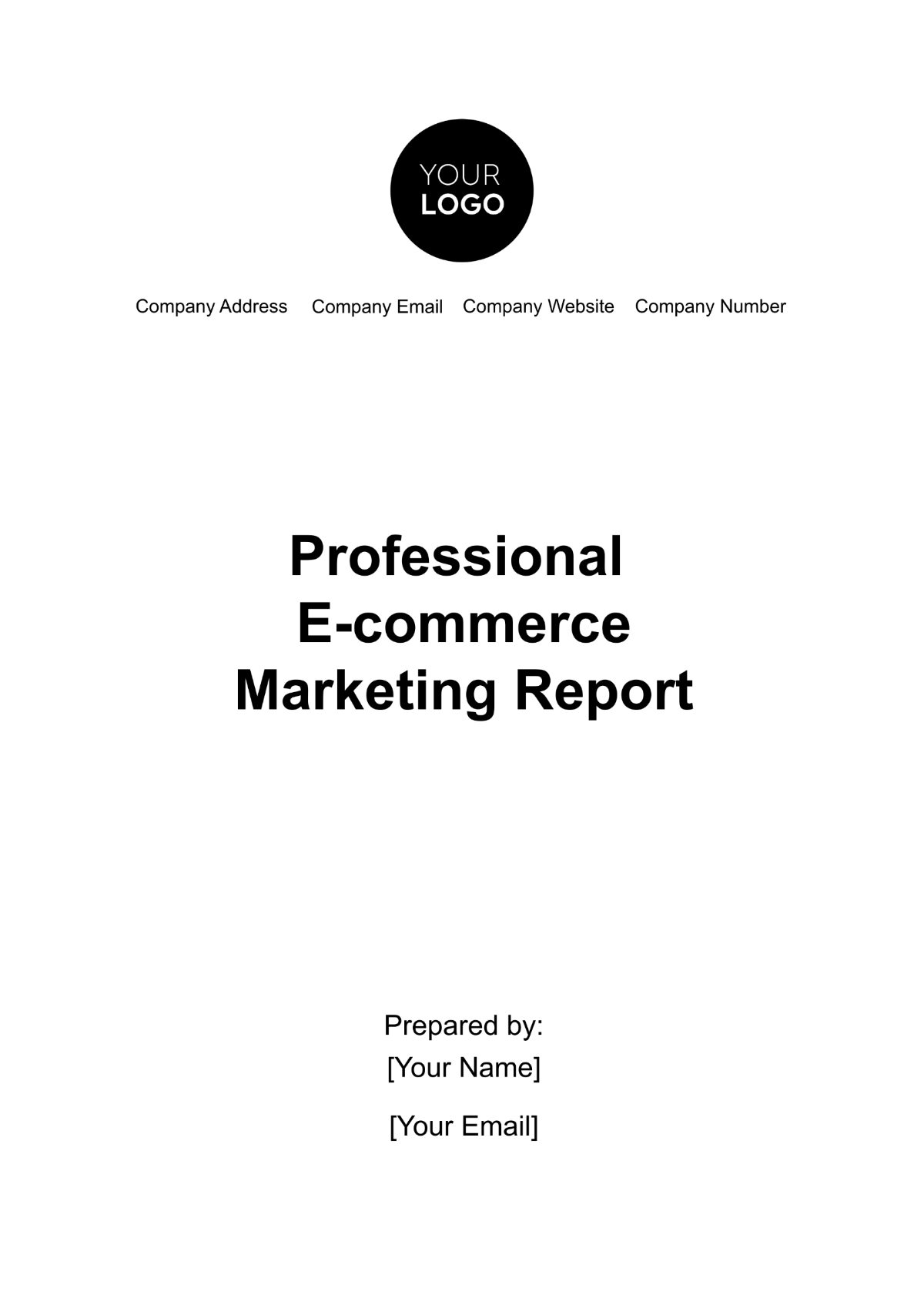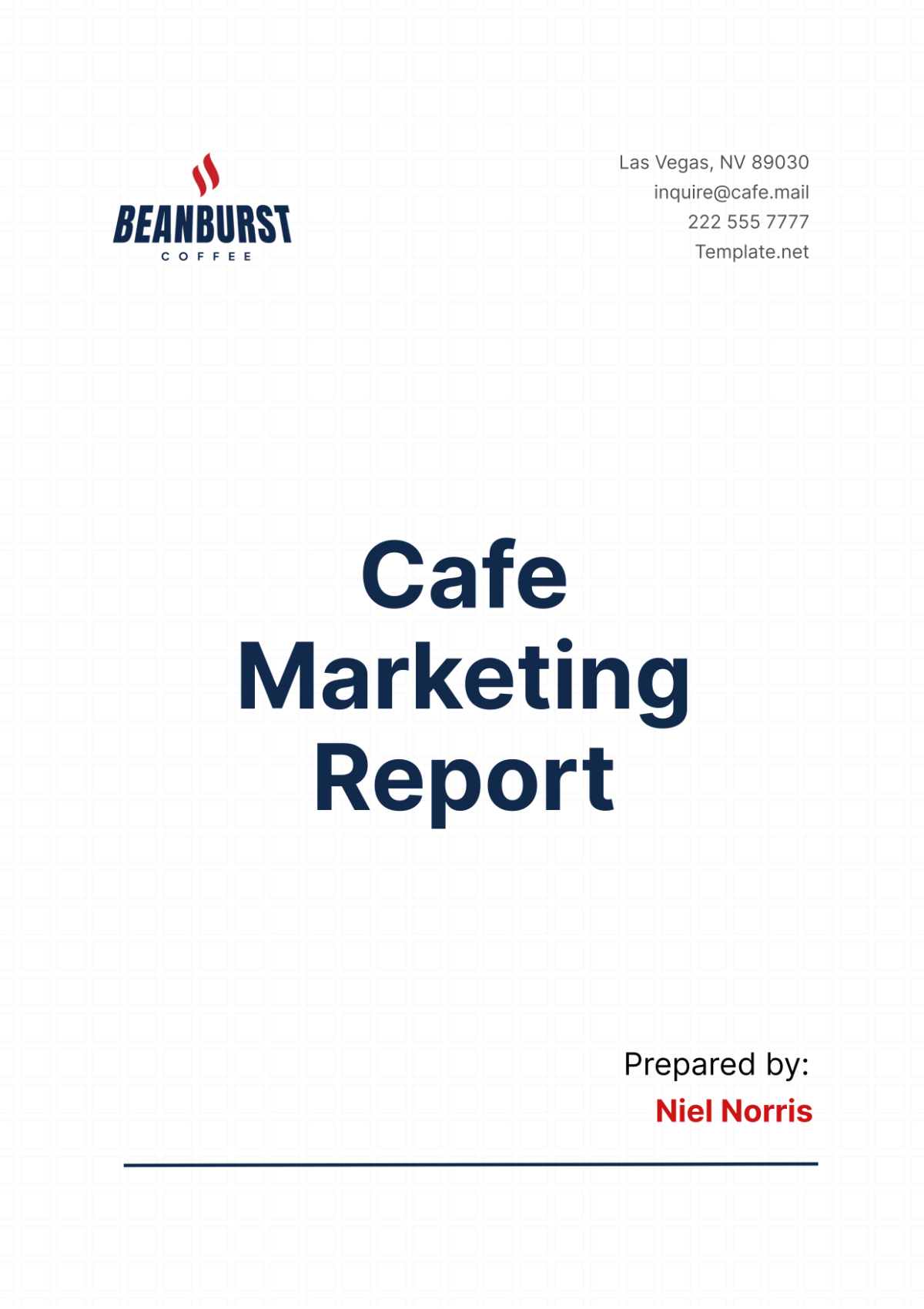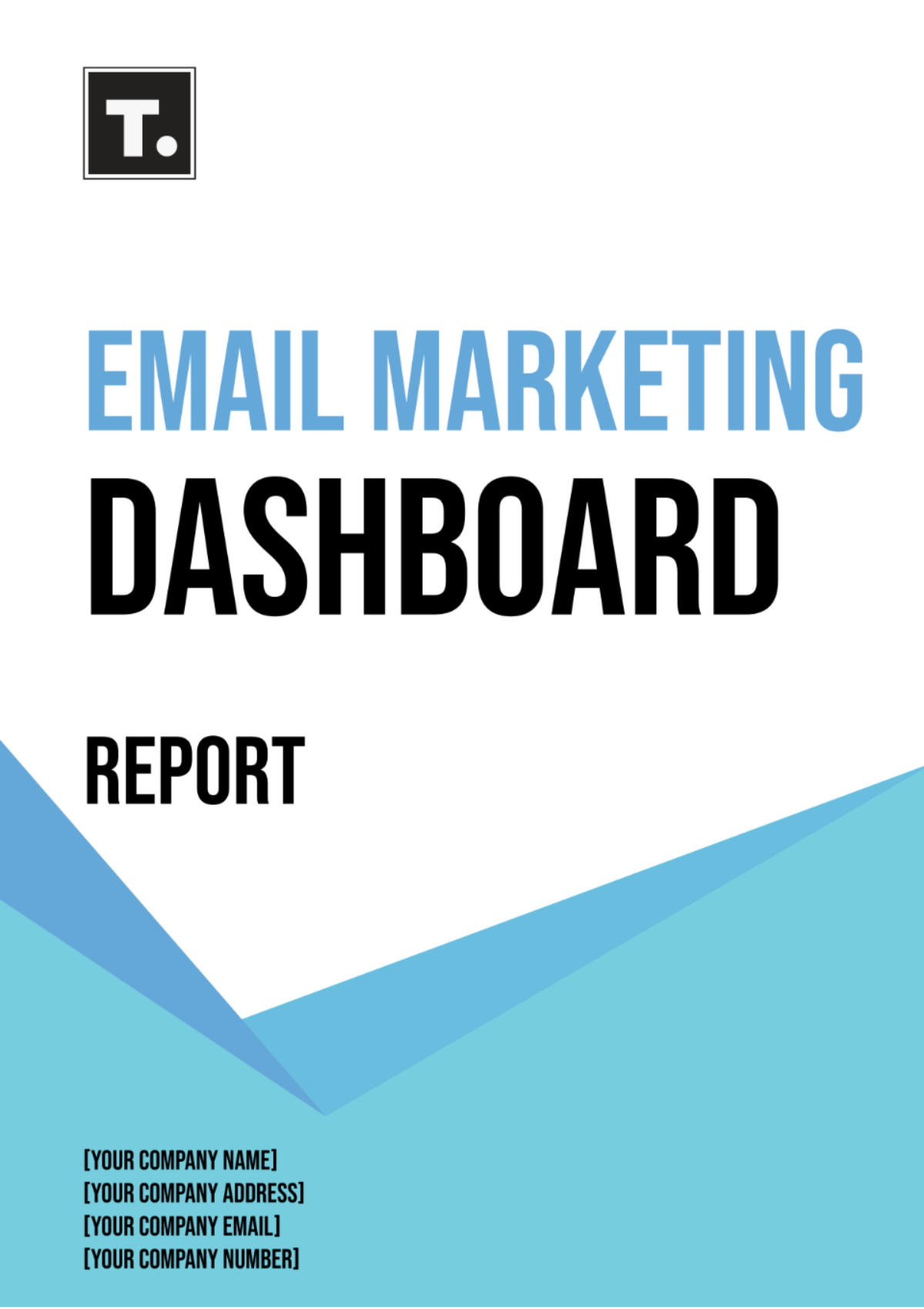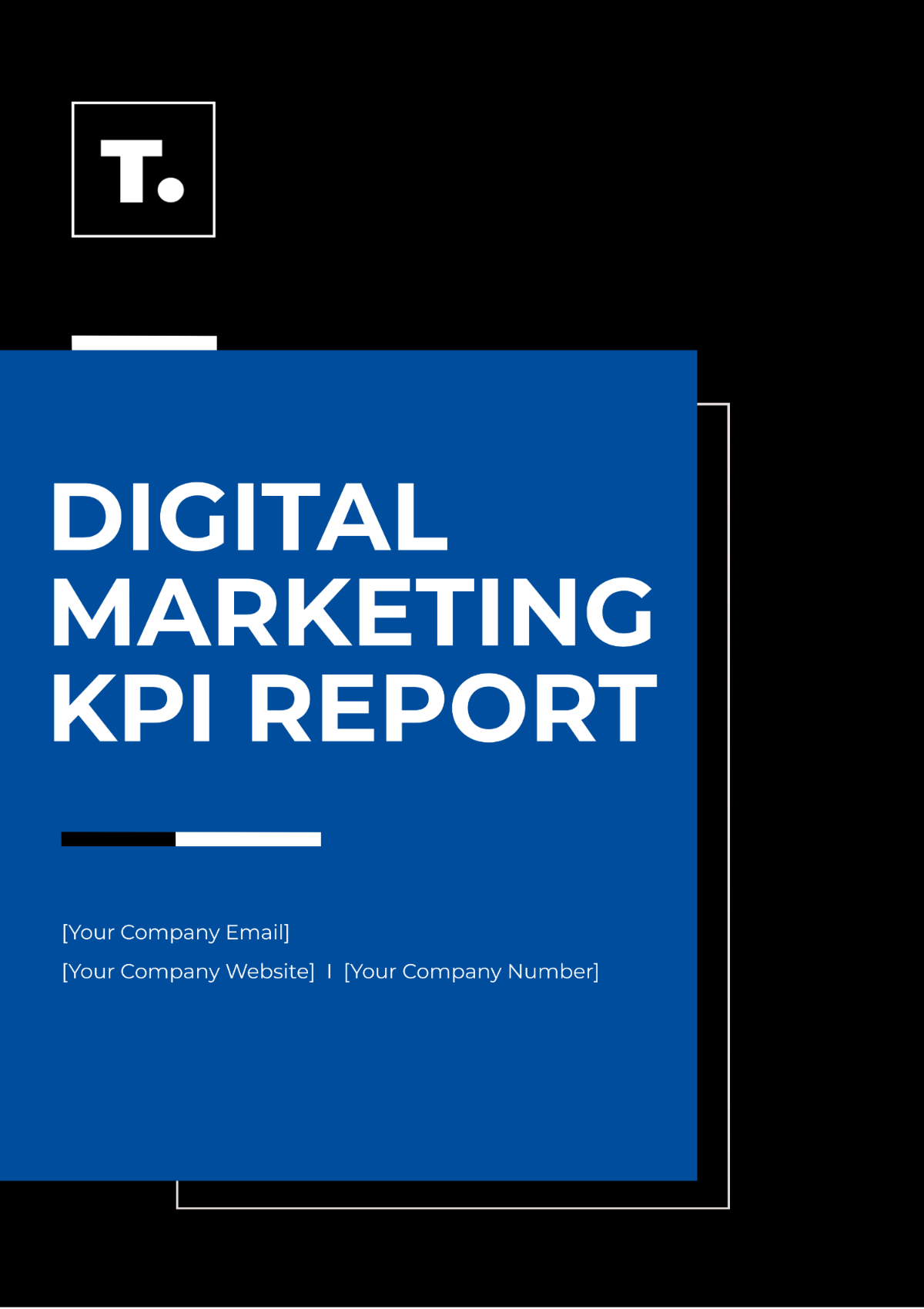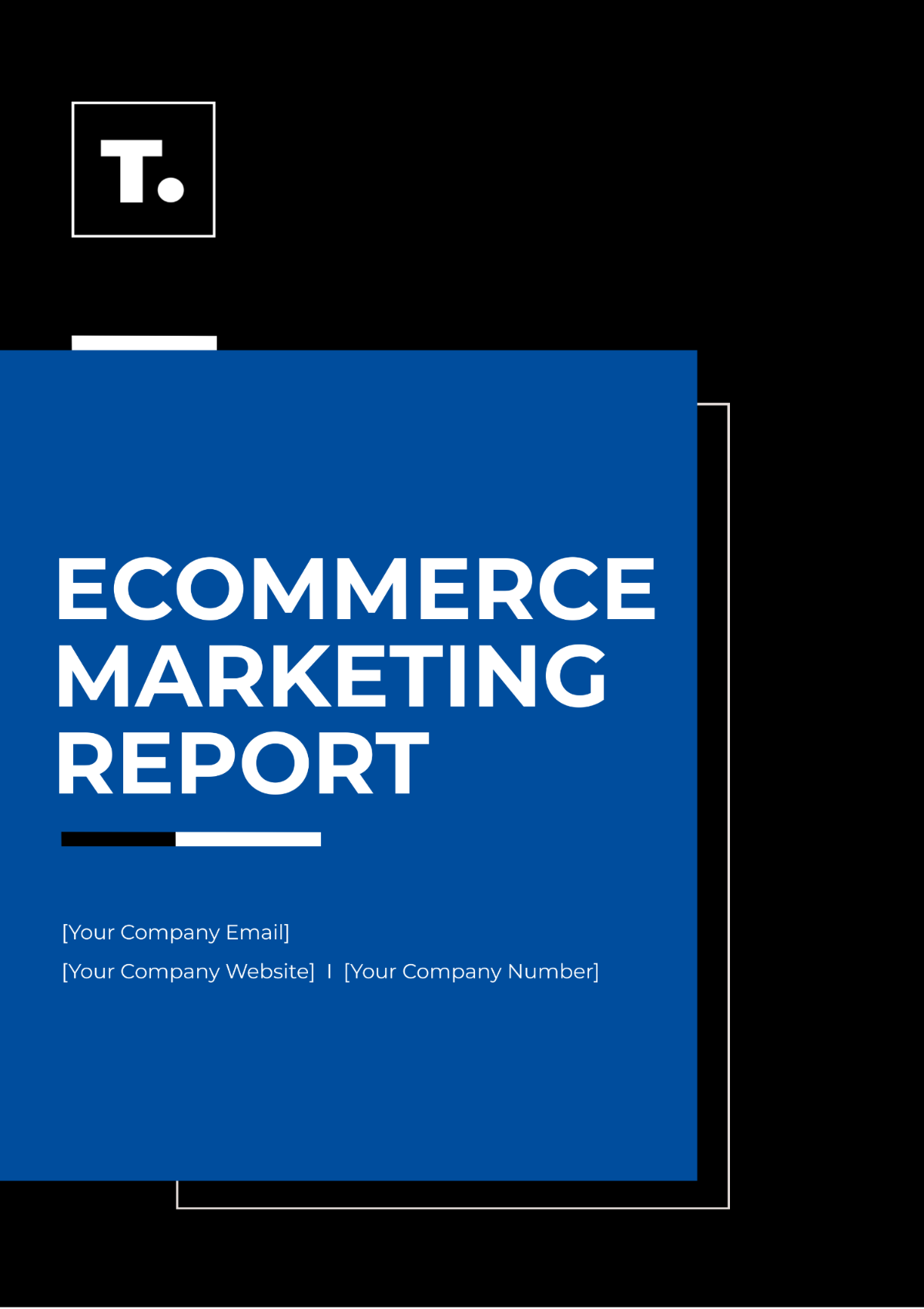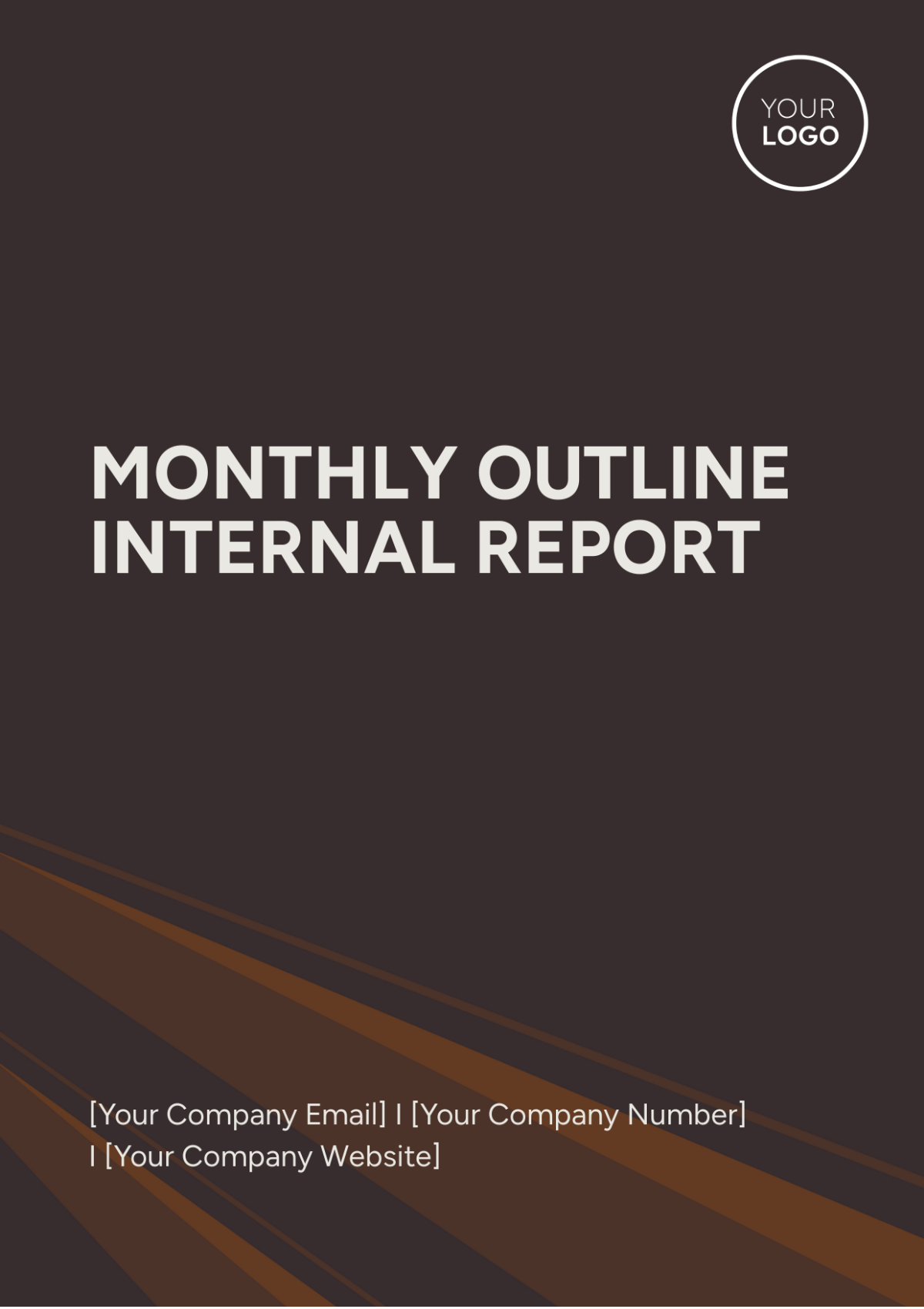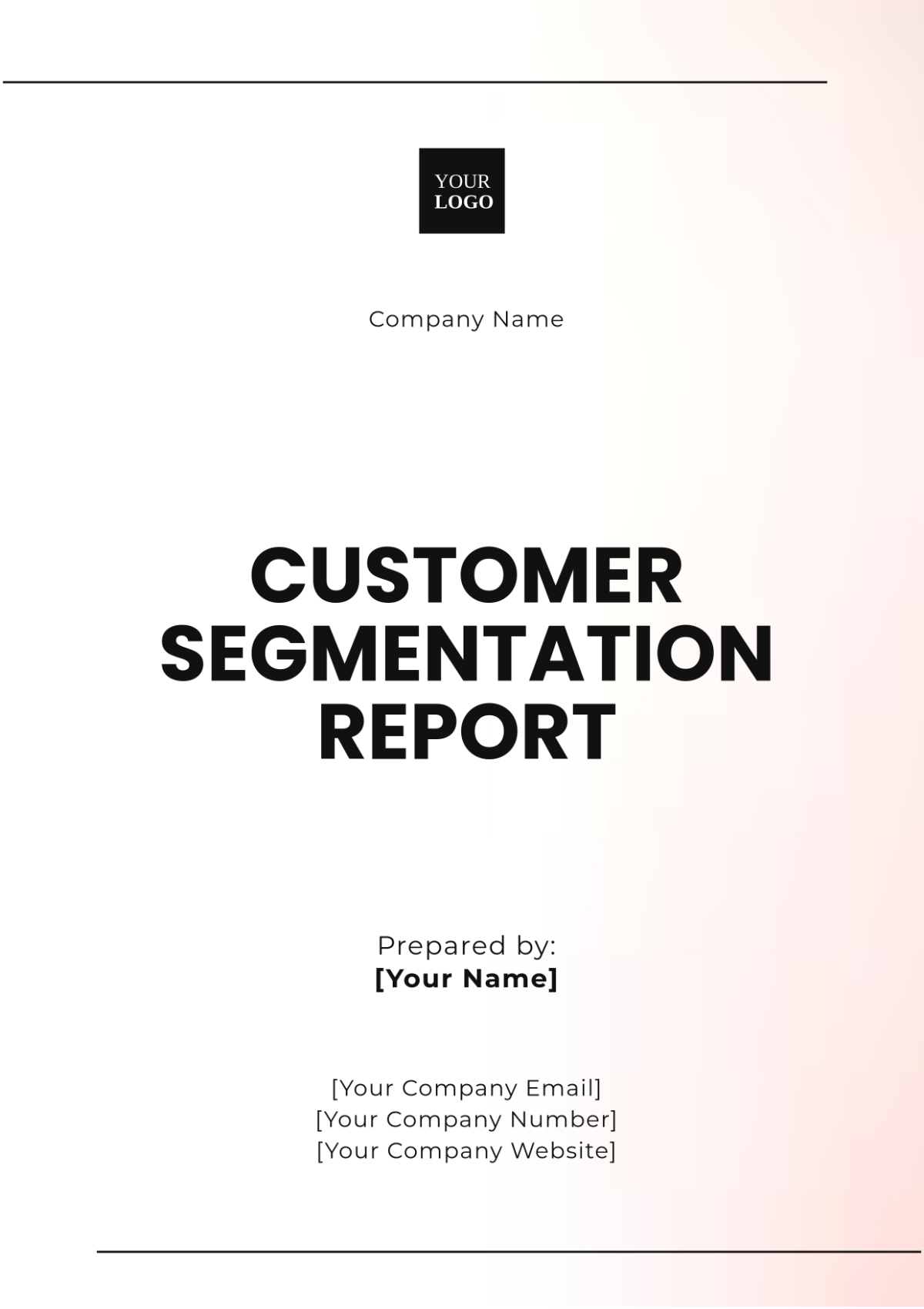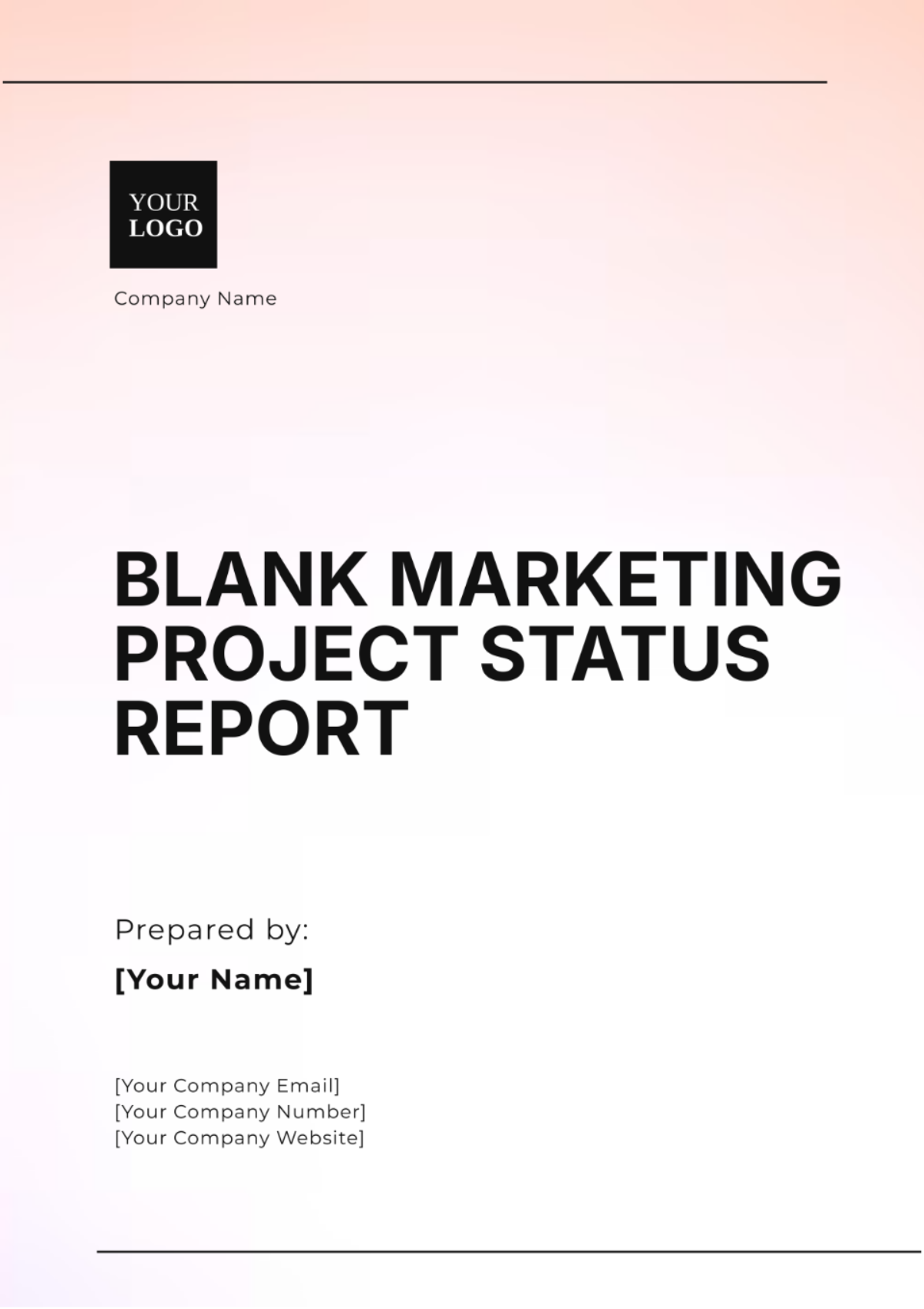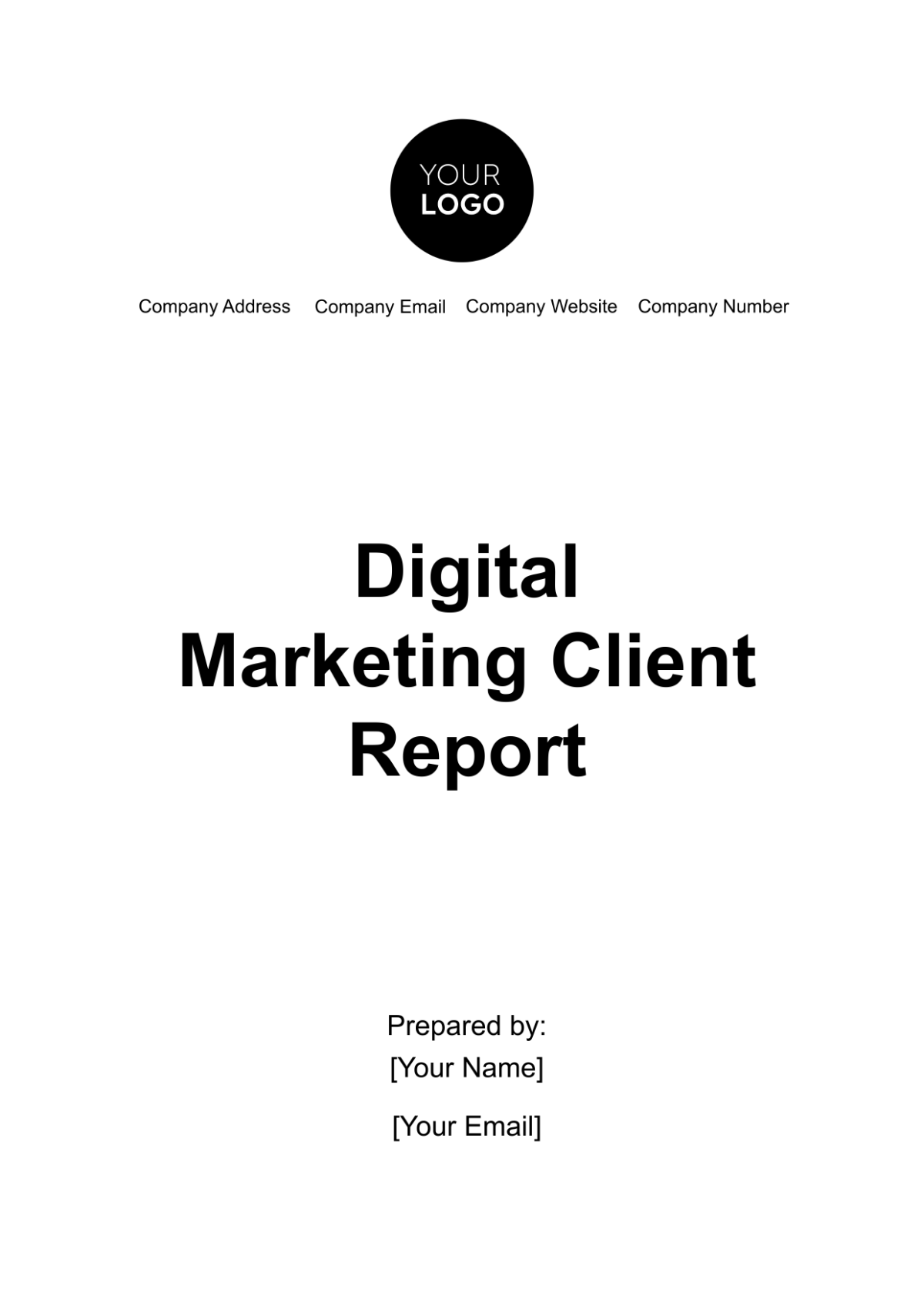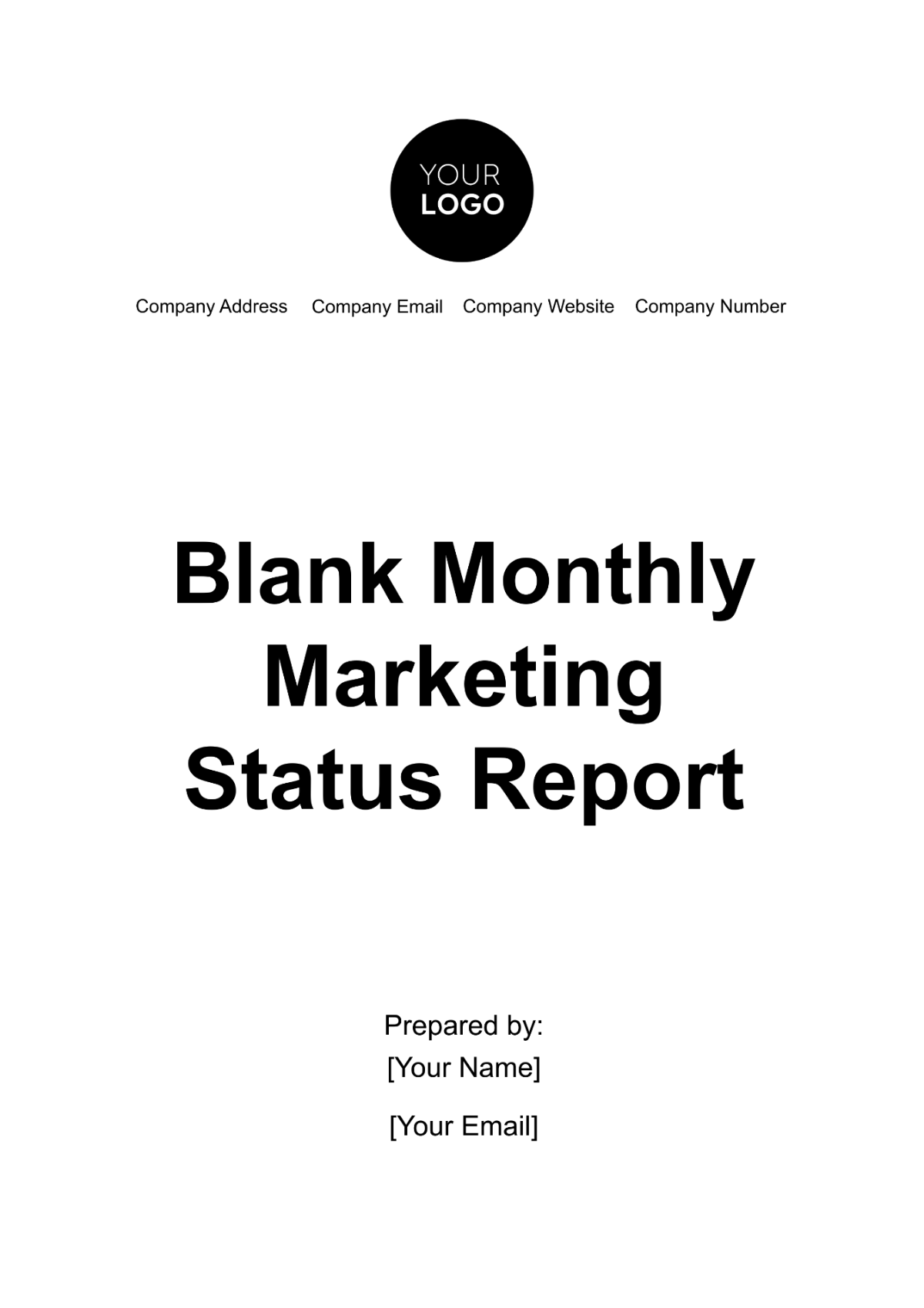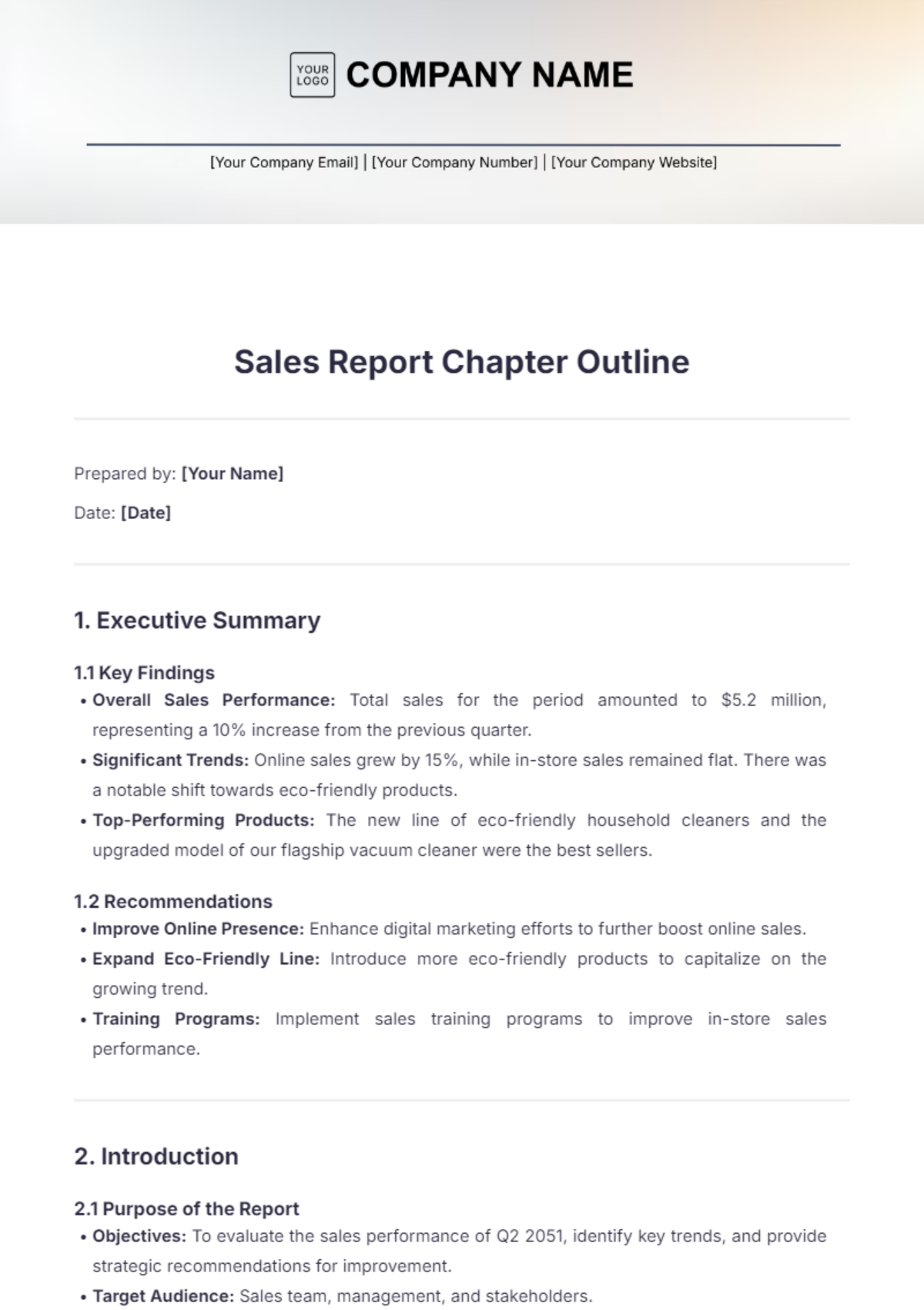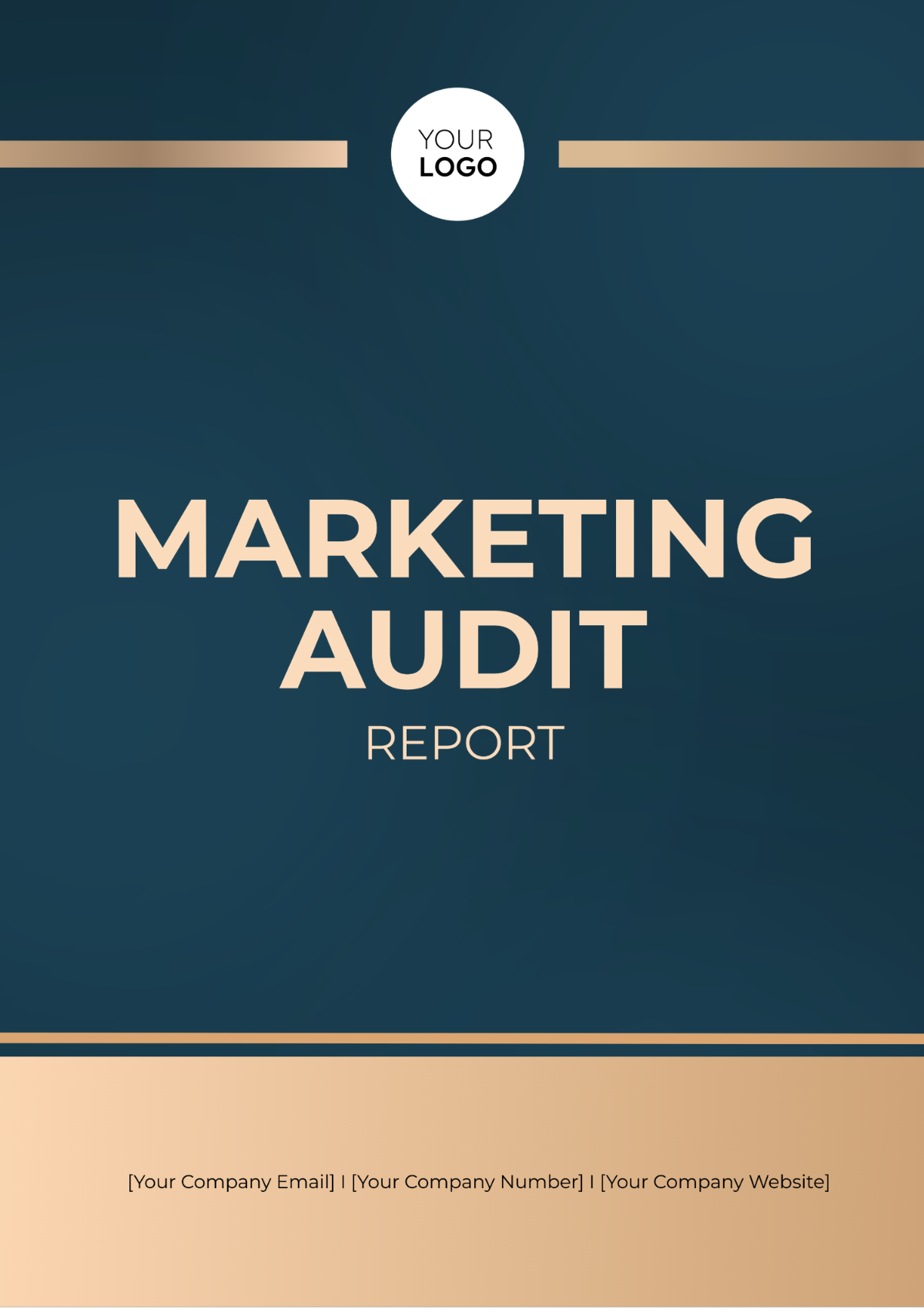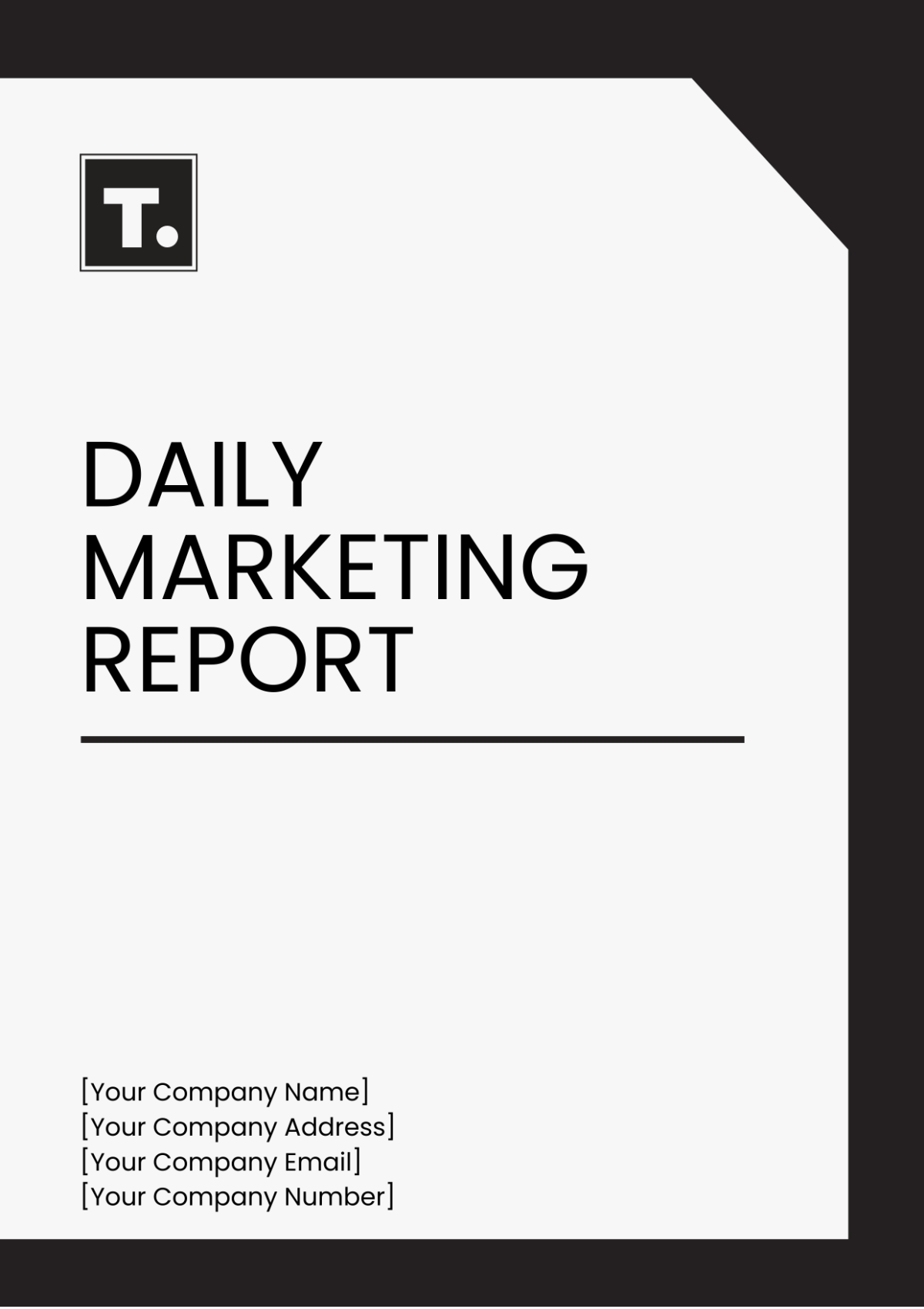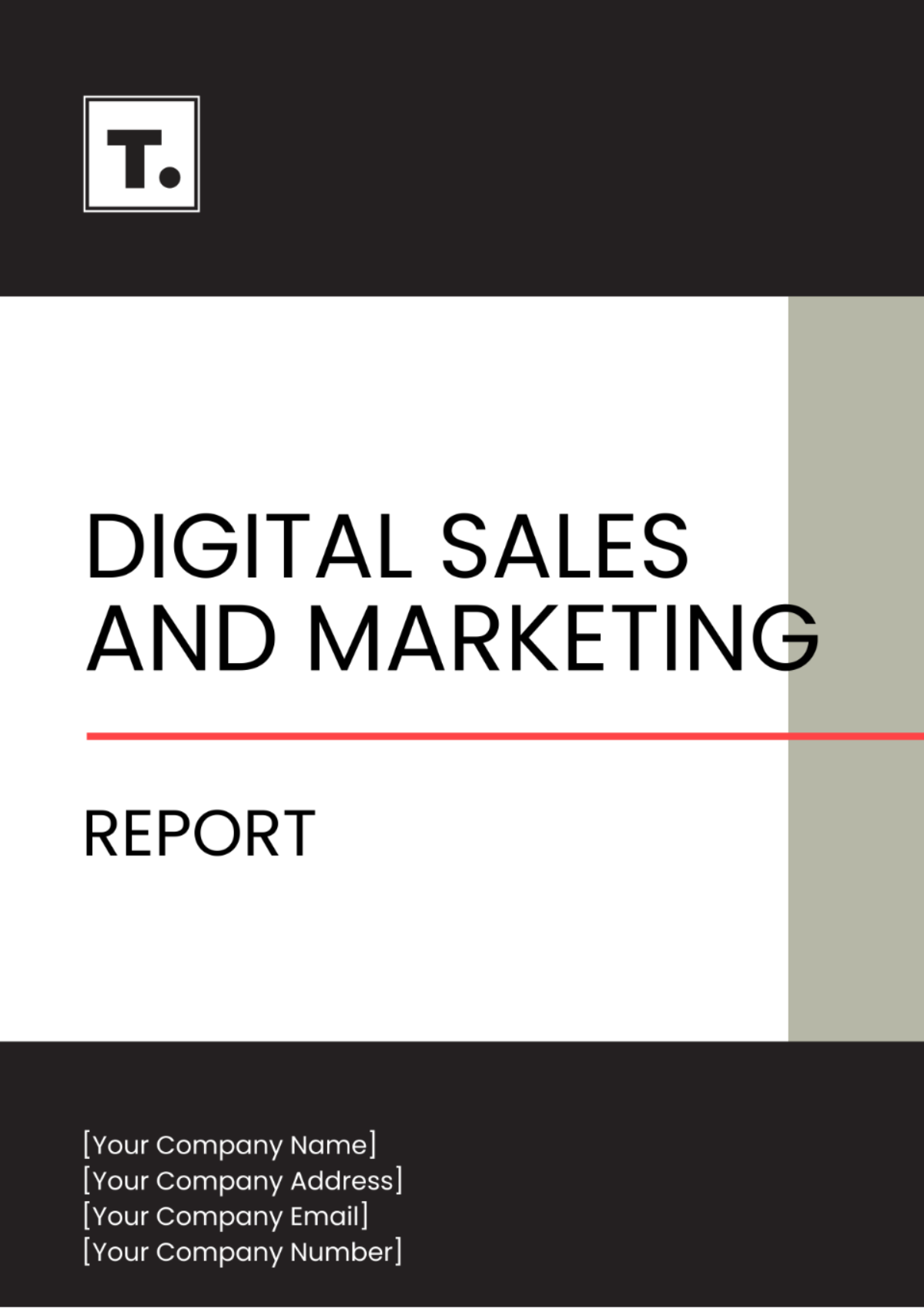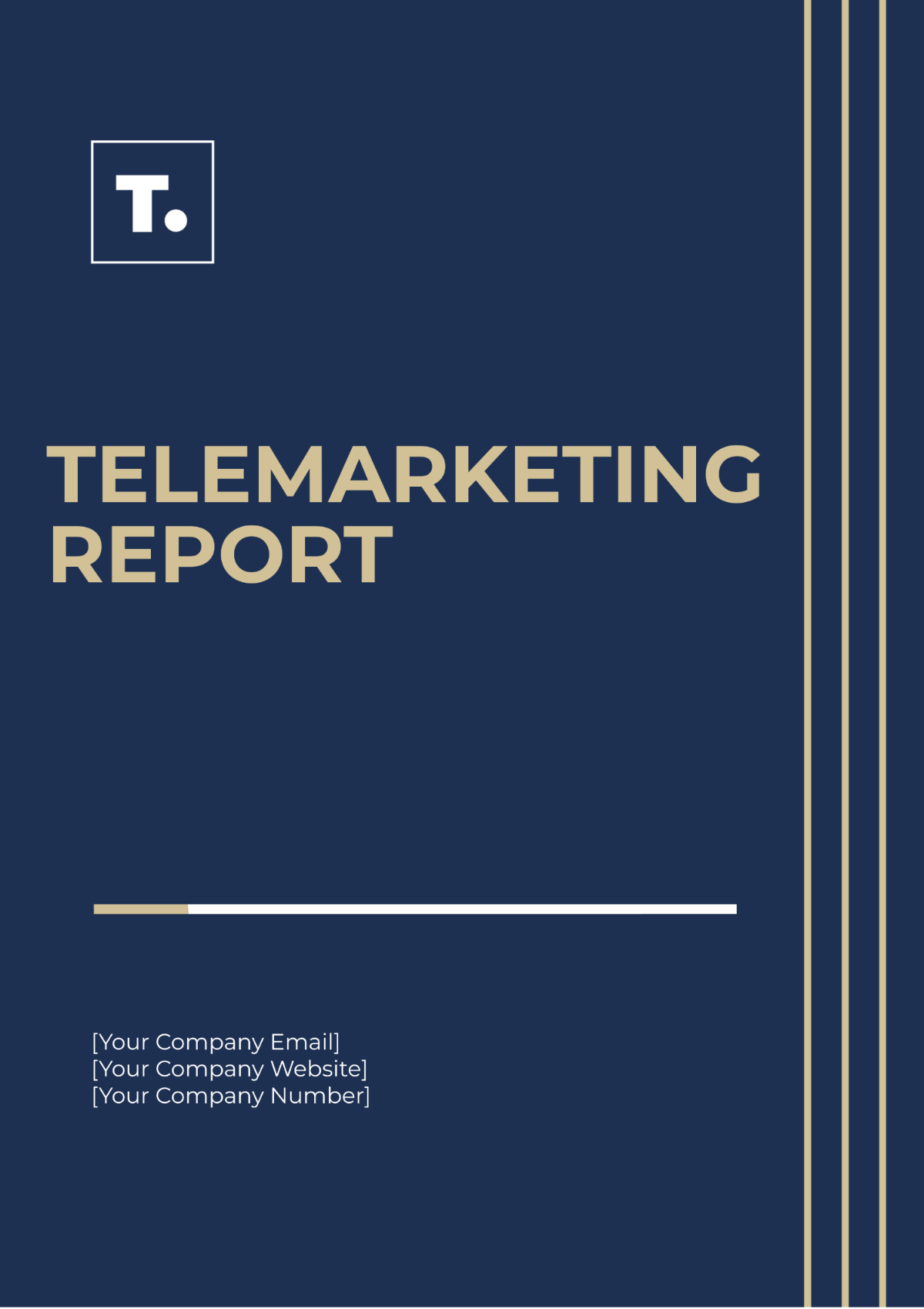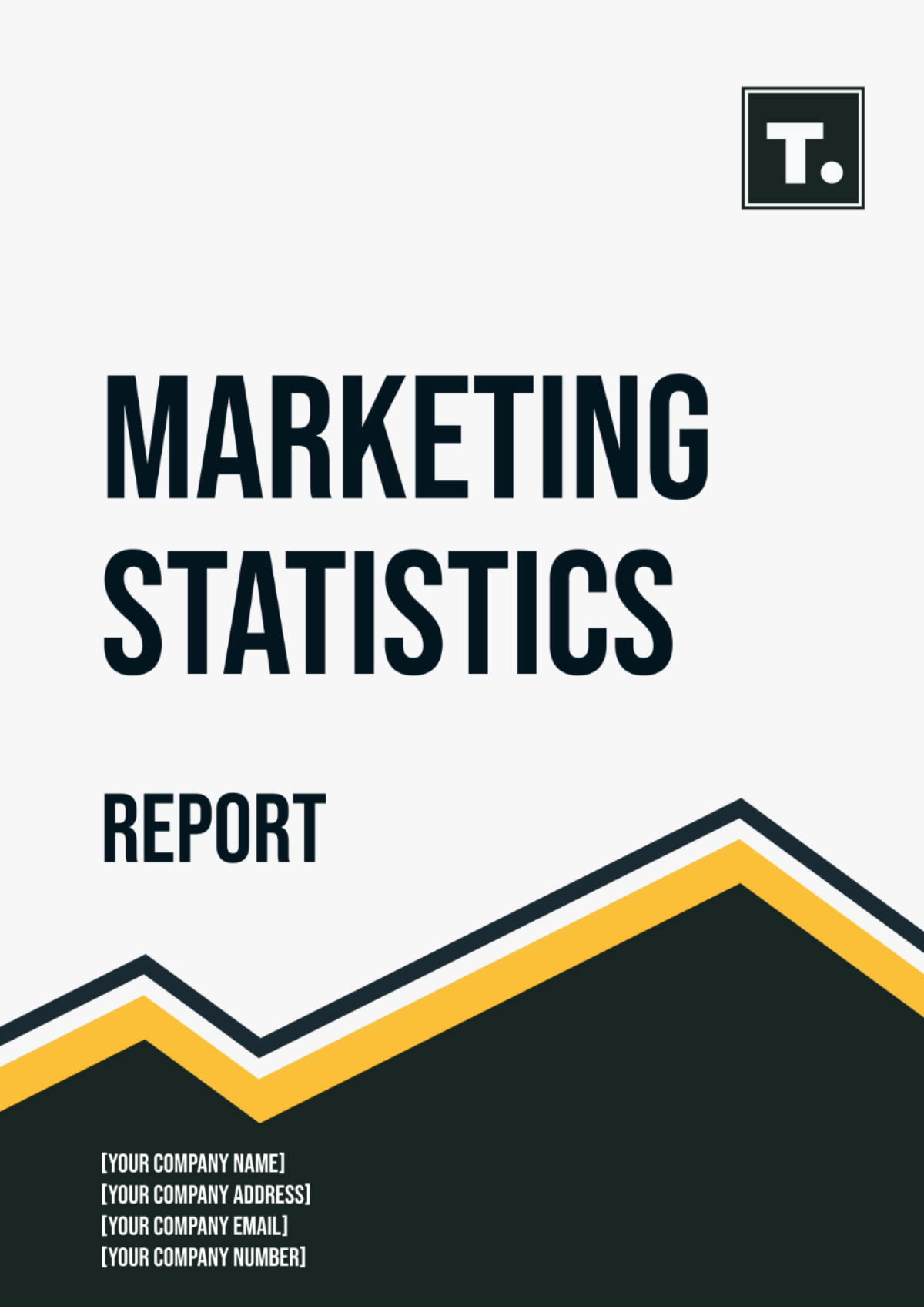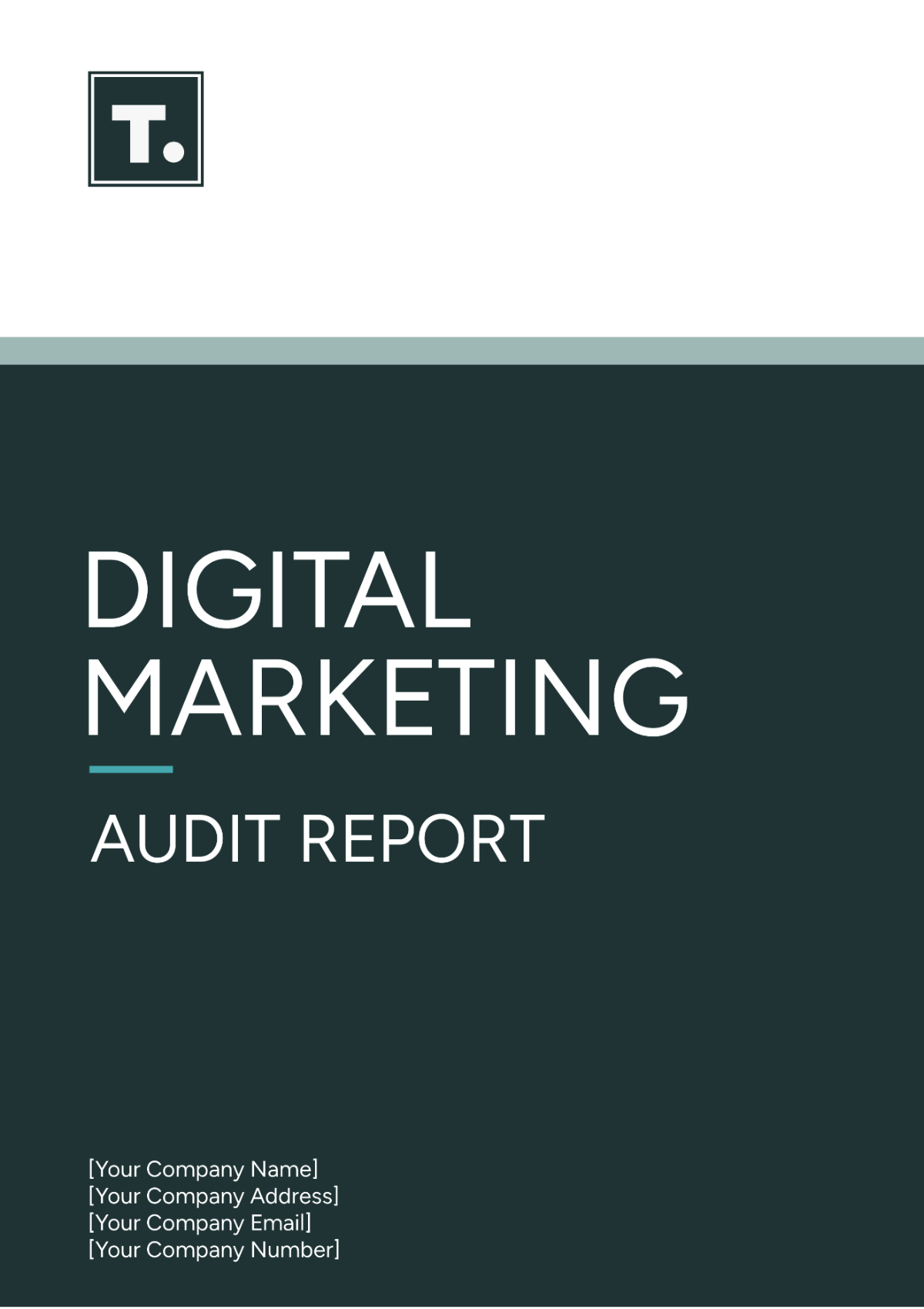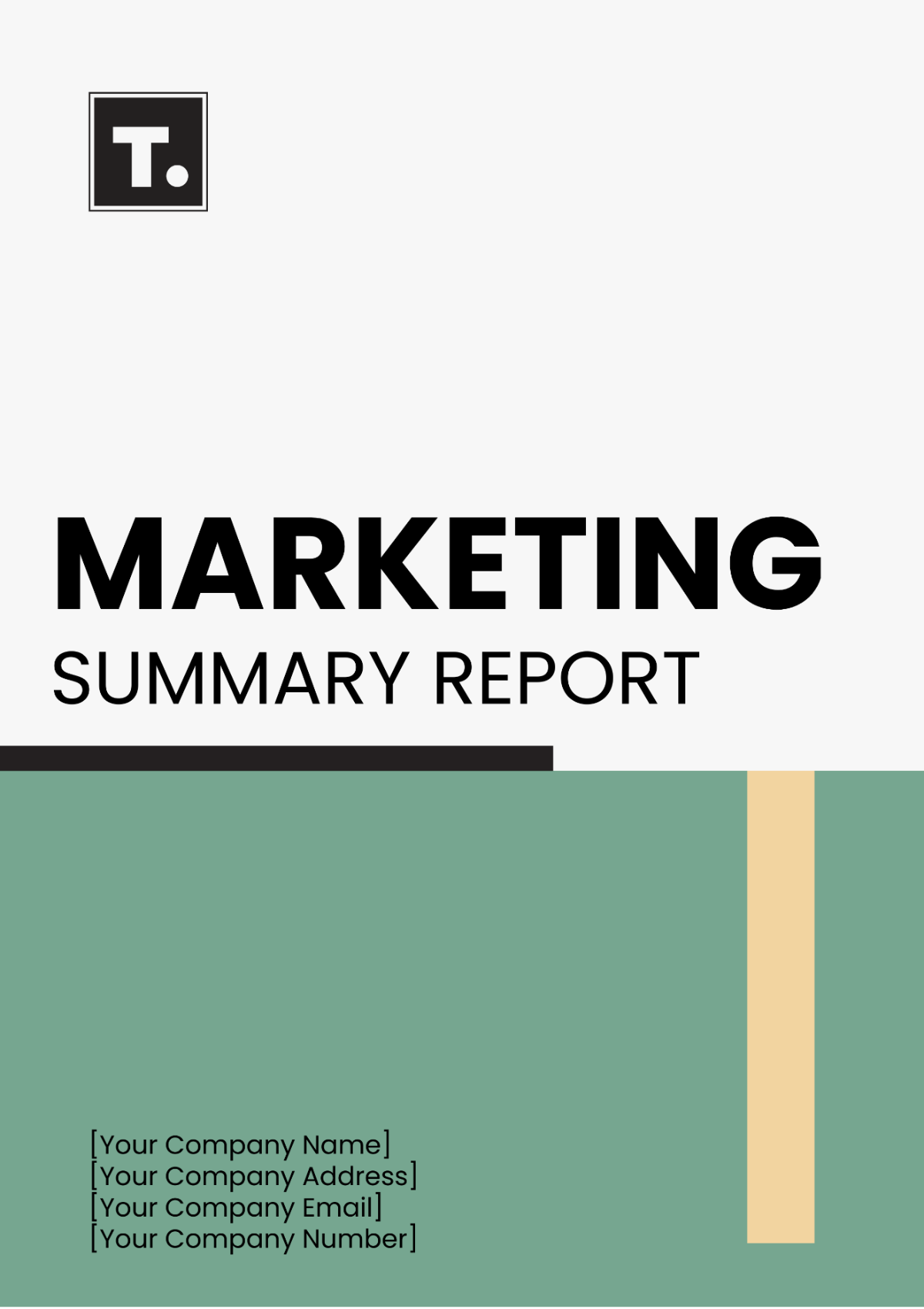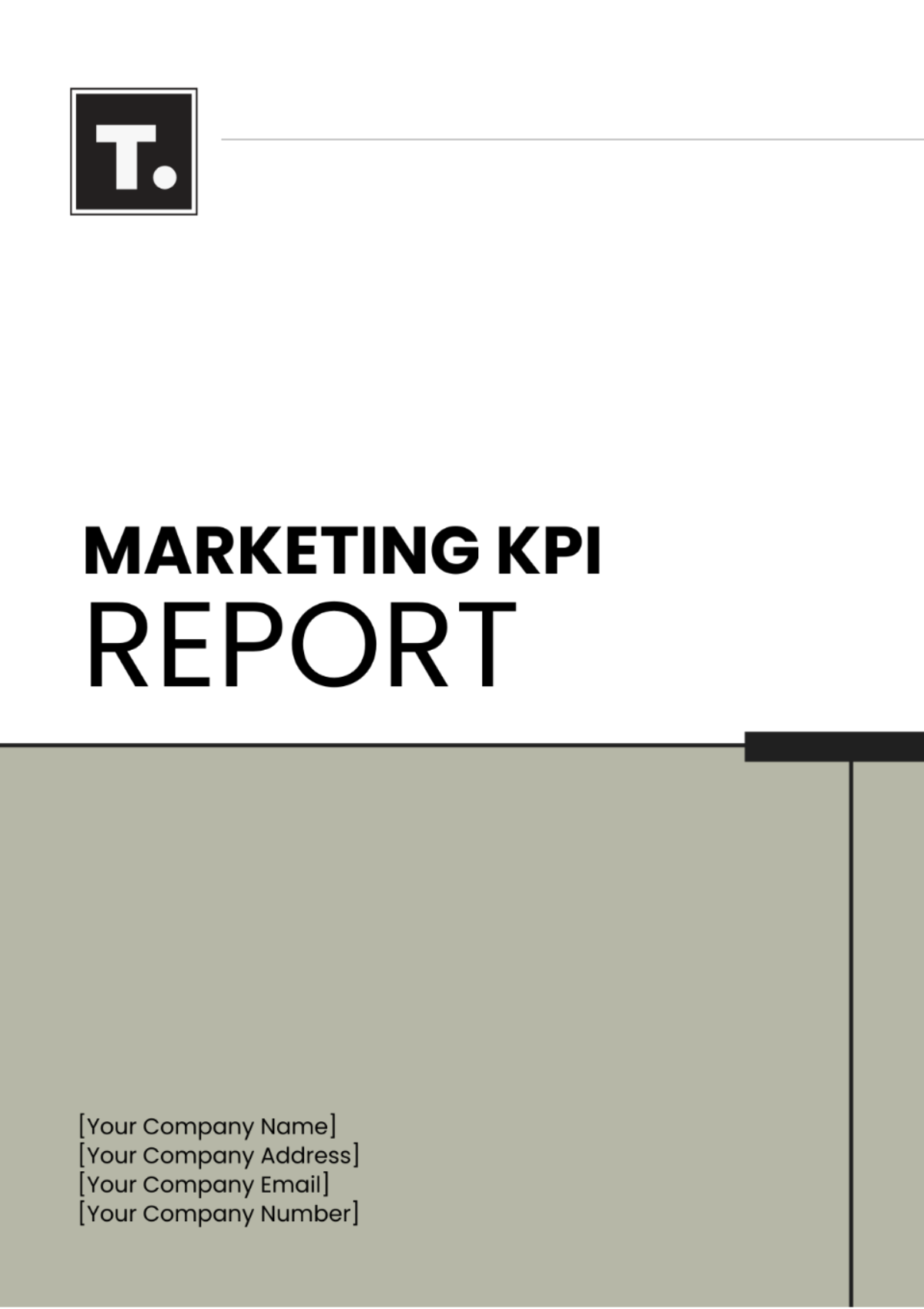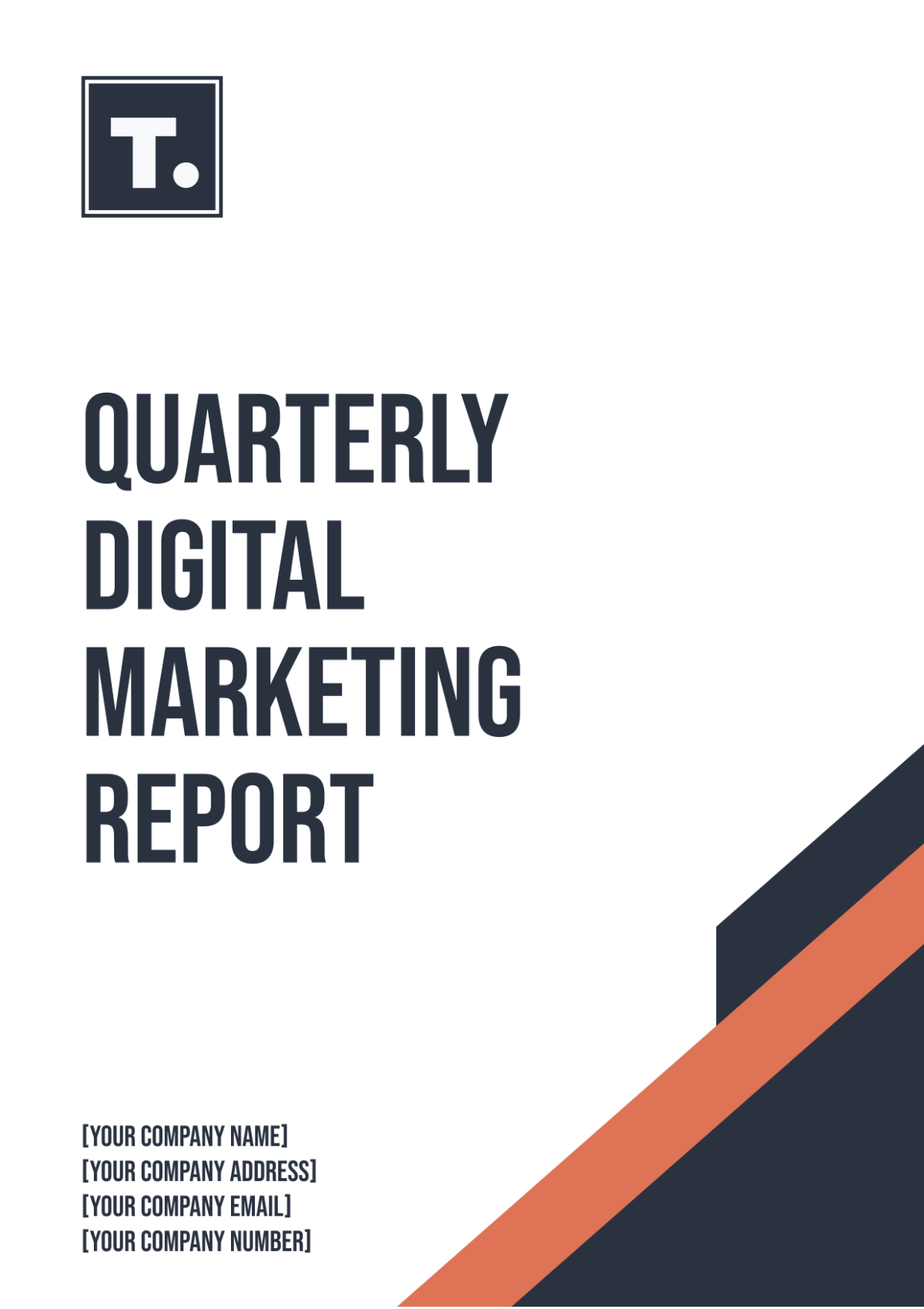Marketing Year-End Media Coverage Report
Executive Summary
In this year-end Media Coverage Report, we present a comprehensive analysis of our media outreach and impact during 2053. Throughout the year, we successfully engaged with various media channels, reaching a diverse audience. Our key messages resonated positively, contributing to enhanced brand visibility and reputation. Key performance metrics, including impressions, reach, and sentiment analysis, reveal notable achievements. This report offers valuable insights to guide our future marketing strategies, ensuring continued growth and success.
Introduction
This report provides a comprehensive overview of our media engagement efforts and performance over the past year. We embarked on a journey to connect with our target audience through various media channels, aligning our strategies with our mission and vision. This document encapsulates our media achievements, key trends, and areas for improvement, serving as a foundation for informed decisions and strategies in the upcoming year.
Media Coverage Overview
In 2053, our media outreach efforts achieved significant milestones. We secured coverage across a diverse range of media outlets, including print, online, broadcast, and social media platforms. This multifaceted approach enabled us to maximize our reach and engage with a broad spectrum of audiences.
Our media coverage spanned a variety of topics and initiatives, reflecting our commitment to staying relevant and responsive to current trends and issues. Our efforts were designed to not only increase brand visibility but also to establish us as thought leaders in our industry.
Through this report, we aim to provide an insightful and data-driven overview of our media presence, with a focus on key metrics and trends. We will delve into the quantitative and qualitative aspects of our media coverage, shedding light on the impact of our messages and the resonance they found within our target audience.
Key Metrics and KPIs
Effective measurement is pivotal in assessing the success of our media coverage strategies. Throughout 2053, we diligently tracked and analyzed key performance metrics and key performance indicators (KPIs) to gain valuable insights into the impact of our media engagement efforts. Below are the vital metrics we monitored:
A. Media Impressions: We garnered a total of 12.5 million media impressions across various platforms, reflecting the extent of our media exposure.
B. Media Reach: Our media coverage reached an estimated 6.2 million unique individuals, contributing to increased brand awareness.
C. Engagement Metrics: The pie chart below offers a concise overview of the distribution of likes, shares, comments, and retweets in our media interactions during 2053.
D. Sentiment Analysis: Utilizing sentiment analysis tools, we assessed the sentiment of media coverage, with 68% of mentions being positive, 25% neutral, and 7% negative.
E. Click-Through Rate (CTR): Our CTR for online content was 5.8%, indicating the effectiveness of our content in driving user engagement and website traffic.
F. Media Placement Quality: 74% of our media coverage was featured in top-tier publications, enhancing our credibility and authority in the industry.
G. Competitive Share of Voice (SOV): We maintained a competitive SOV, outperforming key competitors in 62% of media mentions.
H. Lead Generation: Our media campaigns contributed to 3,500 new leads, demonstrating the alignment of our media efforts with our sales objectives.
I. Content Performance: We identified top-performing content pieces that generated the highest engagement, including our "Industry Trends Report" and "Customer Success Stories," guiding future content strategy.
J. Conversion Rate: 10% of media-related website visitors converted into leads or customers, showcasing the effectiveness of our media-driven lead generation efforts.
These metrics not only gauge our media coverage's success but also provide actionable insights to refine our strategies and optimize our media outreach for the upcoming year.
Media Channels
Our media engagement strategy encompassed a diverse array of channels in 2053, aiming to connect with a broad audience and maximize our brand's exposure. Here's an overview of the key media channels we utilized:
|
|
Our multifaceted approach ensured comprehensive media coverage, aligning with our mission to connect, inform, and inspire our target audience through a variety of channels.
Media Trends
Analyzing media trends during 2053 offers valuable insights into our evolving media landscape. Understanding these trends enables us to adapt and fine-tune our media strategies effectively. Here are some prominent media trends observed during the year:
A. Digital Dominance: The digital sphere continued to grow, with online publications, social media, and podcasts playing increasingly influential roles in shaping public opinion.
B. Video Content Surge: Video content, particularly short-form and live videos, gained prominence across social media platforms, reflecting the growing preference for visual communication.
C. User-Generated Content: User-generated content, such as reviews, testimonials, and user stories, became a vital part of online discussions and brand perception.
D. Data Privacy Focus: Heightened concerns about data privacy led to increased scrutiny and regulatory changes, impacting the way companies collect and utilize user data for marketing.
E. Authenticity Matters: Consumers valued authenticity in brand messaging, prompting a shift from polished advertising to more genuine, relatable content.
F. Inclusivity and Diversity: Inclusive and diverse representation in media became an essential consideration, influencing content creation and brand image.
These trends underscore the need for agility in media engagement strategies. By staying attuned to these shifts, we can adapt our approach and continue to effectively engage with our audience in a rapidly evolving media landscape.
Competitive Analysis
Understanding our competitive landscape is vital for refining our media engagement strategies. In [Year], we conducted a thorough analysis of our key competitors' media presence and performance. Here are the key findings:
Competitor | Media Coverage Volume | Media Placement Quality | Audience Engagement |
A | Outpaced by 20% | 15% lower in top-tier | Lower engagement |
B | Outpaced by 20% | 10% lower in top-tier | Lower engagement |
C | Slight lead (5%) | Maintained lead (8%) | Similar engagement |
[Your Company Name] | Leading by 20% | Excelling in top-tier | Higher engagement |
Key Messages and Themes
Throughout 2053, we strategically crafted key messages and themes to resonate with our target audience, reinforce our brand identity, and achieve our marketing objectives. Here are the central themes and messages that permeated our media coverage:
A. Innovation and Excellence: We consistently highlighted our commitment to innovation and excellence in our industry. Our media coverage showcased how we are pushing boundaries and setting new standards.
B. Customer-Centric Approach: A core theme revolved around our dedication to delivering exceptional customer experiences. Stories of satisfied customers and testimonials reinforced this commitment.
C. Sustainability and Social Responsibility: Our media efforts underscored our commitment to sustainability and social responsibility. We shared initiatives that demonstrated our role in creating a better, more sustainable future.
D. Thought Leadership: We positioned ourselves as thought leaders in our field, sharing insights, expertise, and valuable knowledge through interviews, articles, and opinion pieces in reputable publications.
E. Product and Service Excellence: Media coverage highlighted the exceptional quality and performance of our products and services, substantiating our position as a trusted industry leader.
These key messages and themes not only defined our media coverage but also contributed to reinforcing our brand's image and establishing a strong connection with our audience. In 2053, they formed the cornerstone of our communication strategy, aligning our efforts with our broader mission and vision.
Media Reach and Audience Analysis
Understanding the reach and demographics of our media engagement is crucial for refining our targeting strategies. In this section, we delve into the extent of our media reach and offer insights into the demographics and interests of the audience reached through our media coverage in 2053. This analysis aids in tailoring our future campaigns to effectively resonate with our target audience.
Recommendations and Actionable Insights
Based on the analysis of our media coverage in 2053, we've identified key areas for improvement and growth. Here are actionable recommendations to guide our future media engagement strategies:
Recommendation | Actionable Insight |
Targeted Content | Tailor content to align with audience interests and demographics to enhance resonance. |
Diversified Platforms | Expand presence on emerging platforms and invest in video content for wider audience reach. |
Enhanced Sentiment Management | Implement sentiment analysis tools for proactive management of negative sentiment. |
Competitive Benchmarking | Continuously monitor competitor strategies to stay ahead in media coverage and engagement. |
Data-Driven Decision-Making | Leverage data analytics for refining media outreach strategies and real-time adjustments. |






